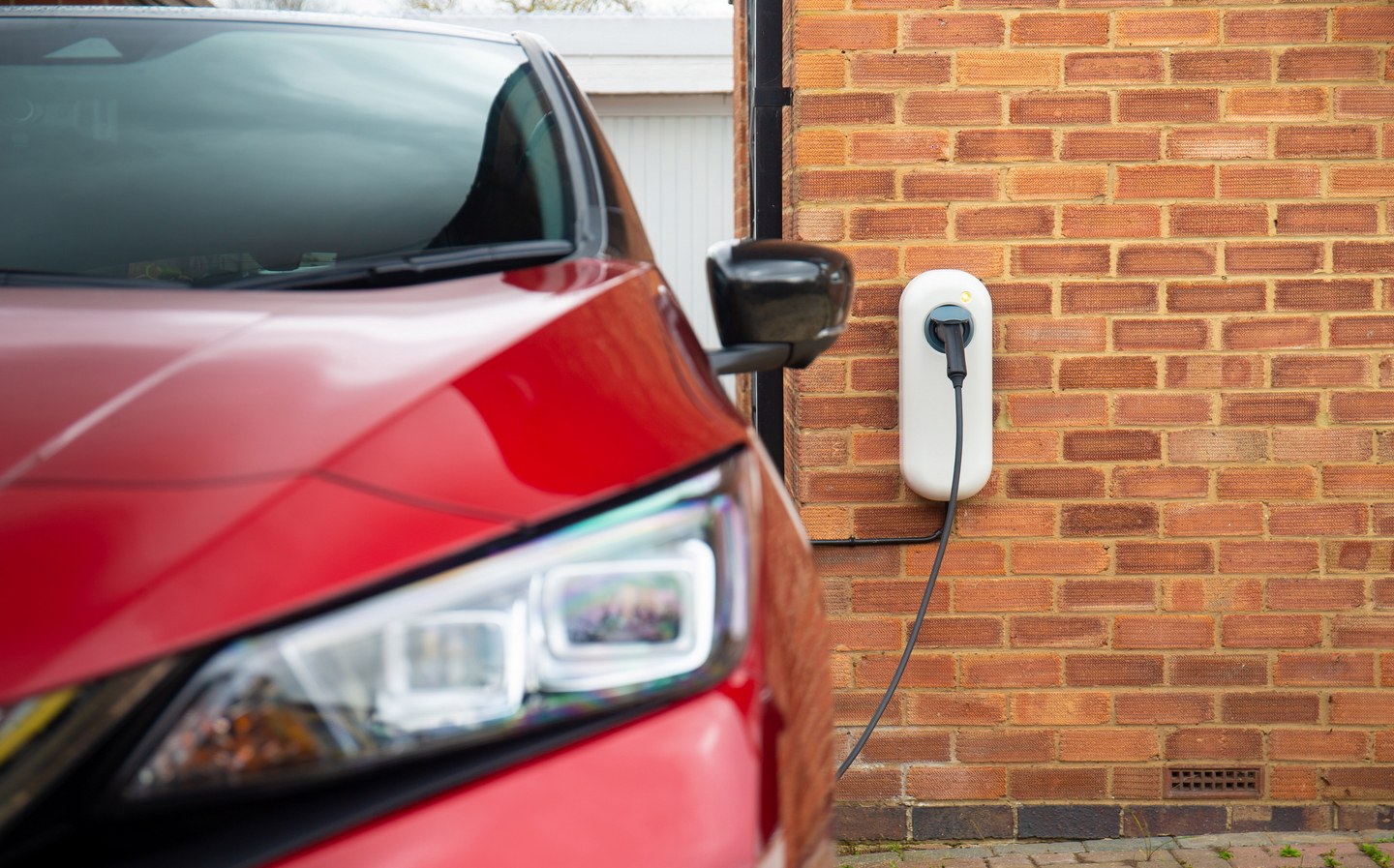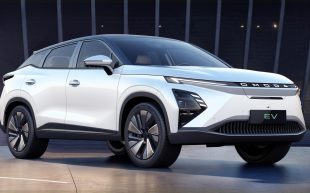Government invests £16m in EV chargers that can put power back into homes
Could help prevent future brownouts
The government has announced a £16m investment in the field of “smart” bi-directional electric vehicle charging that it is claimed could save some motorists up to £1,000 per year while helping balance the electricity grid by feeding power from EVs back into homes.
The Electric Vehicle Smart Charging Action Plan, published today (January 17), sets out a series of steps to encourage and develop smart charging technology in the coming years, with the ultimate aim of making the national grid more resilient at times of peak electricity demand.
The aim of the plan, which is an initiative of the Department for Business, Energy and Industrial Strategy and Ofgem, is to realise the potential of smart charging, making it the dominant method of long-duration charging in the UK by 2025.
By using smart chargers that feed energy into electric vehicles at times of low demand, usually overnight, pressure on the grid is eased. Some smart energy tariffs offer lower tariffs at this time, and so high-mileage motorists could potentially save up to £1,000 every year, the government claimed. The average driver would save something closer to £200.
In addition, when paired with a suitably-equipped car the advanced types of smart chargers would send energy from the cars back into the grid at peak times, “flattening the curve” in demand and helping prevent brownouts. An EV owner could potentially profit from the difference in selling their energy to the grid at peak times, such as already occurs with owners of photovoltaic solar panels, and topping up at night when prices are lower.
While “Vehicle to Grid” (V2G) is not a new idea for the car industry, the technology is still in its infancy and there are currently no regulations in place in the UK to allow EV owners to sell the energy stored in their car’s battery back to the grid.
A number of trial and experimental V2G technology projects are ongoing around the world, including in the UK, and while their operators insist that the technology has a lot of potential, so far the projects have remained relatively small (rarely more than 100 chargers and usually fewer).
Since June 2022 all new EV chargers sold in the UK have had some level of “smart” capability, generally meaning a form of connectivity that allows the user to remotely monitor ongoing charging via an app or to delay that charging until off-peak times; a smart charger can automatically slow or delay charging if demand on the electrical system is too high.
Among the organisations receiving funding today as part of the government’s V2X (Vehicle to Everything) Innovation Programme in order to develop prototype hardware, software and business models are:
- Otaski Energy Solutions, based in Gateshead, Tyne and Wear, which has received £229,000 to develop a smart street lamppost capable of charging electric vehicles and sharing power back to the grid;
- V2X-Flex based in Reigate, Surrey, a project led by EV Dot Energy Ltd. to develop prototype software and a new business model that will reduce entry barriers for the domestic use of V2X bi-directional chargers, which has received £220,000;
- BEVScanV2X, a London-based project led by Agile Charging Ltd. to develop technology that could overcome battery degradation and tools for financial returns from smart charging, which has received £165,000.
Related articles
- After reading about government investment in bi-directional charging, you may also like to check out all the car makers’ electric vehicle plans
- It’s worth reading all about the new Polestar 3
- Or check out the top 10 longest-range electric cars on sale
Latest articles
- New Volkswagen California camper based on car underpinnings and available as a hybrid
- F1 2024 calendar and race reports: What time the next grand prix starts and what happened in the previous rounds
- Sci-fi inspired Ferrari 12Cilindri replaces 812 Superfast, powered by 819bhp unassisted V12 engine
- New Renault Symbioz adds to French carmaker’s fresh crossover SUV assault
- Red Bull confirms Adrian Newey’s departure, but where next for the F1 designer?
- Lotus shows off its work on British Cycling’s Paris Olympics bicycle
- New Aston Martin Vanquish to get V12 engine with 824bhp
- Cupra updates Leon and Formentor with sharp styling and longer-range hybrids
- Extended test: 2023 Vauxhall Astra Sports Tourer GS PHEV














